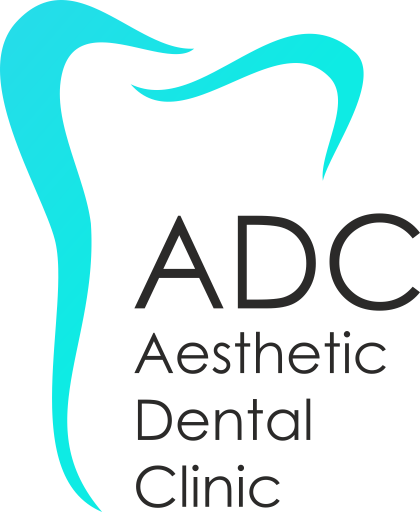What is Orthodontic treatment with Dental Braces?
The purpose of orthodontic treatment is to get the most out of your teeth. This includes straightening your teeth so you can take care of your teeth and gums more easily and improving your bite so you can eat more easily.
Straightening teeth also means a more beautiful smile!
What are Dental Braces?
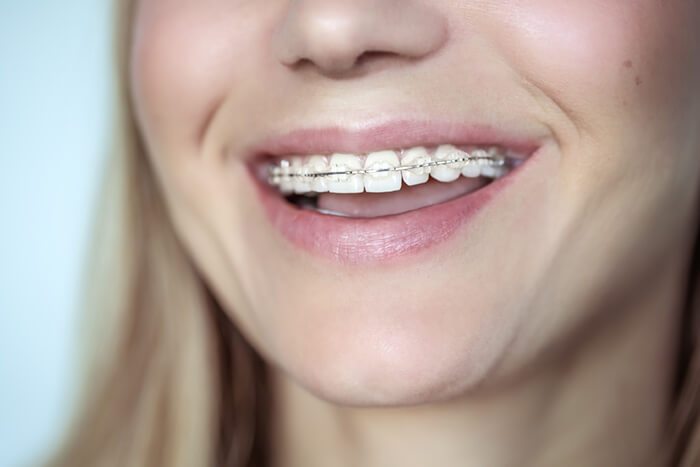
Dental braces are orthodontic structures with high-quality brackets, each of which is held in place with non-toxic dental cement and metal wire. This wire follows the curve of your jaw and is stabilized by a bracket that wraps around the back molar.
Why should I get braces?
Why braces? There are many reasons to get braces. Not only do they straighten your teeth for a more beautiful and confident smile, but they also help improve your bite and oral health. Studies have shown that people with successful brace treatment enjoy higher levels of satisfaction with their body image and self-esteem.
Below you can learn more about the benefits of orthodontic treatment.
Improve your bite:
Braces can help correct an improper bite. Malocclusion or misalignments in the way the upper and lower teeth come together. They often lead to a number of other problems related to biting and chewing.
Braces are often part of treatment for a bad bite, as they help correct the position of the teeth. Small orthodontic elastic bands can be attached to the metal brackets to gradually bring the jaw into alignment.
Improving oral health and preventing dental problems:
With overcrowded or crooked teeth, it can be difficult to clean your teeth effectively, as certain areas are harder to reach when brushing and flossing. This can lead to plaque build-up and potentially increase the risk of gum disease and tooth decay.
In addition, misaligned teeth can rub against other teeth and wear away tooth enamel (the outer surface of your tooth). Braces help adjust the alignment of your teeth to prevent these problems.
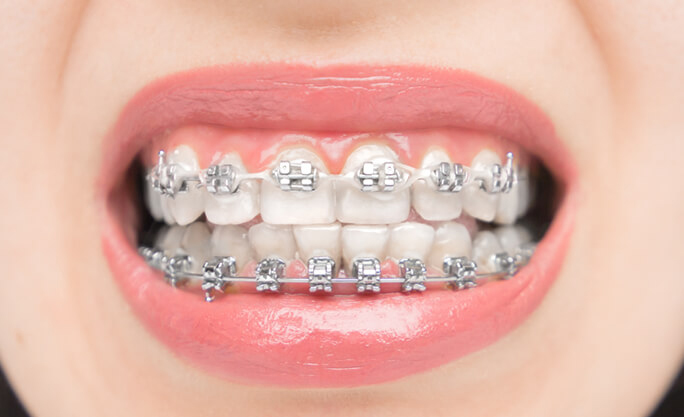
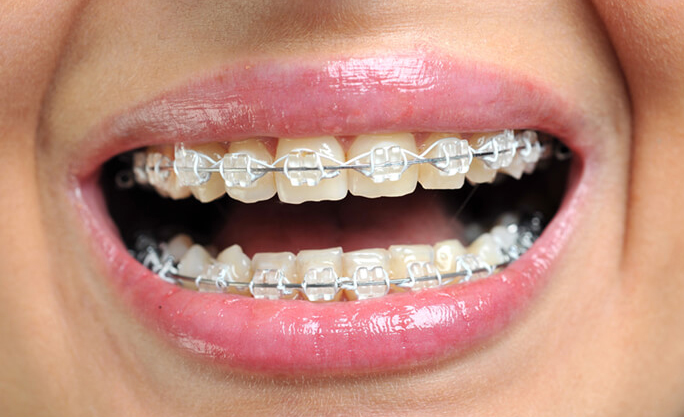
Types of Dental Braces
Metallic braces
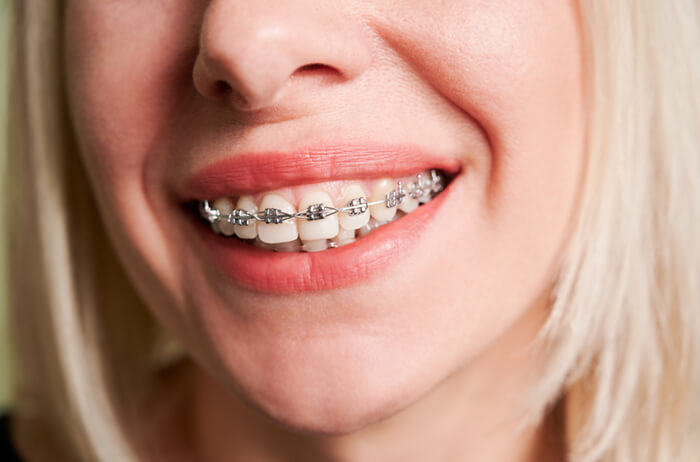
Metal or traditional braces are the most common type worldwide and have been around for over 100 years. In the past, braces were very bulky and visible.
Ceramic Braces
They are braces made of transparent material in the color of the teeth. They work the same way as metal braces, but are more subtle and less visible. Ceramic braces are most popular among patients who don’t think Invisible Braces or lingual braces are right for them, but still want to straighten their teeth in a discreet and affordable way. These patients tend to be cosmetically oriented teenagers and adults.
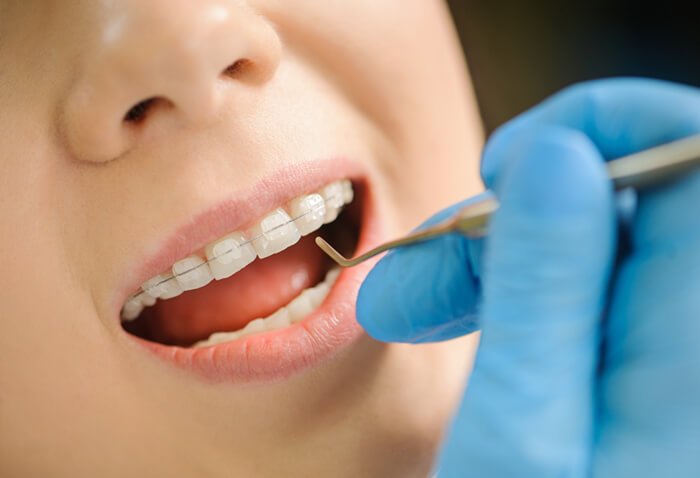
Compared to metal braces, ceramic braces are less noticeable and are an affordable alternative to metal braces. You should be aware, however, that these braces are also slightly larger than metal braces and can stain depending on diet and brushing habits. They are not for everyone, but we believe they remain a valuable tool in our orthodontic tool bag.
Fortunately, braces today are nothing like they were 100 years ago. Advances in innovation and technology have created braces that are:
- Smaller
- Shorter Therapy Time
- More comfortable
- More efficient
How do braces work?
In general, braces work by applying steady and gentle pressure to the teeth. These forces are carefully manipulated throughout orthodontic treatment. For a long time, they move the teeth to their desired position.
This is possible because the periodontal ligaments (the fibers that anchor the teeth to the bone) are constantly responding to the tension and compression of the teeth. When force is applied to the tooth, the bone breaks down (resorption) on the side that is “compressed”. Bone is also “produced” (deposited) on the other side. While absorption occurs within days, the deposition process can take a few months, which explains why splint therapy takes more than a year for favorable results.
What happens when I take off my braces?
Orthodontic treatment does not end with braces. After they are removed, you will need to wear retainer splints or a retainer wire will be placed on the lingual surface of the teeth to keep your teeth aligned. Your orthodontist will give you the necessary instructions.
In general, teeth change position throughout our life! The retainer splints or the retainer wire must be used by the patient for at least 5-10 years depending on the patient so that the teeth do not change position quickly!
Different ways to straighten your teeth
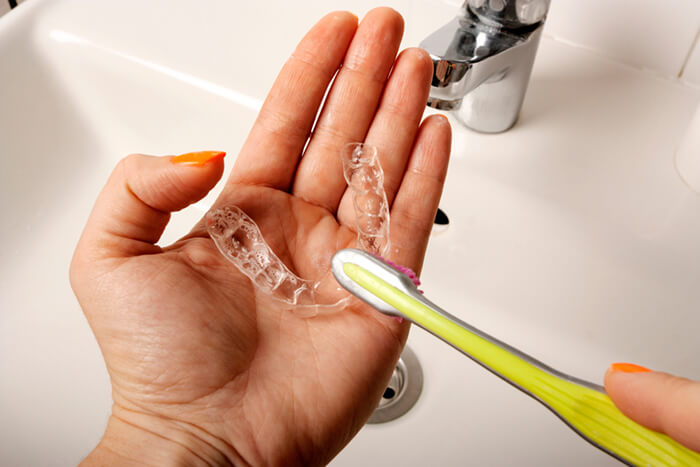
Other treatments with invisible braces (such as invisalign or otherwise invisible braces) have become increasingly popular and lingual (braces on the back of the tooth). The patient should discuss these options with their orthodontist to determine the best strategy.
Cost of Orthodontic Treatment
The cost of Orthodontic Treatment depends on many factors, such as the type of Orthodontic Treatment, the severity of the case and patient as well as the duration of the treatment! The exact cost will be determined by the second appointment, after the treatment plan is finalized.
The exact cost of the treatment will be known during your 2nd visit and will have been agreed before the start of your orthodontic treatment.
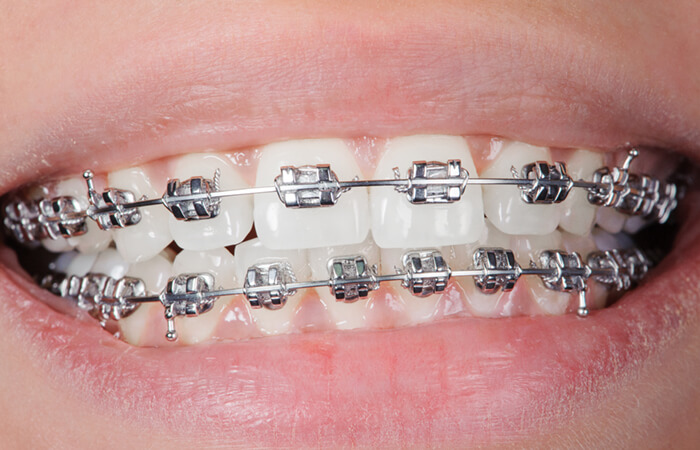
In general, the cost for Metal Braces for a treatment time of 12-24 months ranges from 1500 to 2300 euros.
And for Ceramic Braces, a treatment time of 12-24 months ranges from 1800 to 2500 euros.
